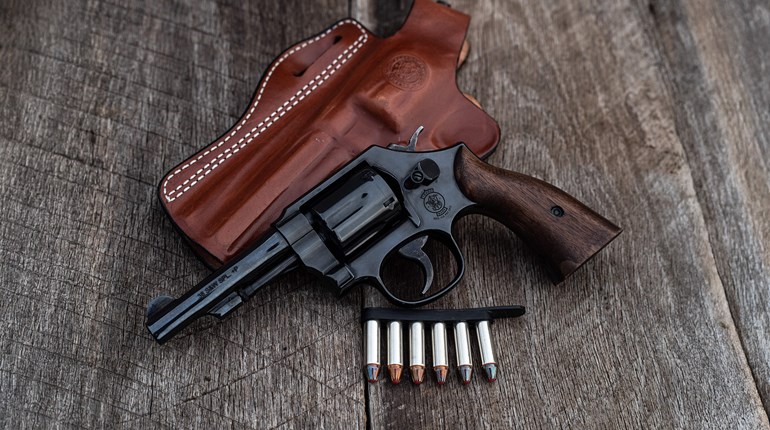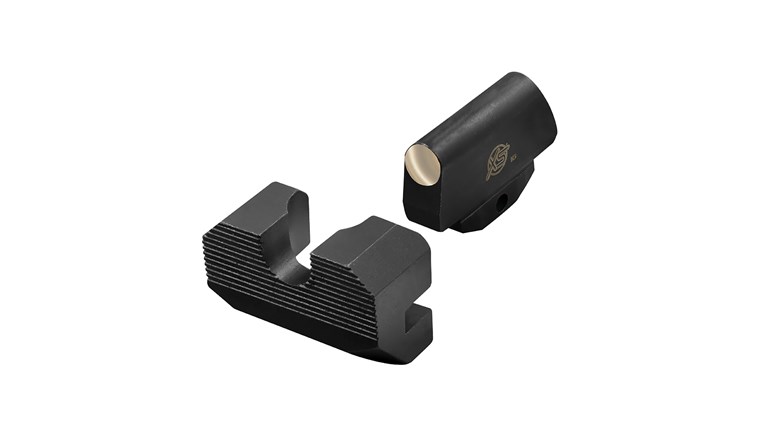
It’s that time of year again; snakes are out and about, and by the time you read this they will be at peak activity due to mating season. If you’re like me, you keep some snake medicine handy in the form of handgun shotshells. Even at Gunsite, where the staff and instructors are pretty good shots, it’s common practice to carry an extra magazine or a small revolver loaded with shotshells in addition to the main battery.
What are shotshells? Made by CCI in many handgun calibers, shotshells are handgun ammunition loaded with a plastic capsule full of birdshot in lieu of a conventional bullet. Handy for shooting pests and small critters, they are particularly useful if you need to shoot and want to avoid bullets bouncing off the ground.
My friend and Shooting Illustrated colleague Jim Wilson used to give us a hard time about carrying shotshells when visiting Gunsite, because skilled pistoleros ought to be able to dispatch a snake with the ammunition in the pistol. And Wilson’s right, he and I have both shot plenty of snakes with defensive-pistol ammunition. Then one day Wilson found himself in a delicate situation, there being an unhappy rattlesnake lurking under his travel trailer. Considering the consequences of unlimbering his .45 with ball ammunition, he wisely hunted up a shotshell and solved the problem. Now Wilson is a fan of shotshells in, let’s say, “non-permissive environments.”
Having used and tested all pistol-caliber shotshells, I’ve concluded all will do, but some do a lot better than others. My personal favorites are the .44 Spl., .45 ACP and .45 Colt, simply because they deliver a large payload and a good pattern. Then again, a .22 LR shotshell delivered from a snubby revolver works well enough and lessens the potential damage the larger shot charge might cause to the siding on your house.
For this month’s drill you will need a handgun, a packet of shotshells (usually sold as 10 in a pack), a paper target and a snaky-looking stick. If you can find a proper rubber snake at the toy store, that will do as well and adds a bit of realism to the exercise. Start by stepping back about 6 feet and shooting a round of shot into your paper target. If you have several calibers of shotshells now is a good time to check their patterning, as well. You might find some shotshells in some guns shoot tighter patterns or shoot doughnuts, meaning the shot is dispersed around the outside of the pattern with little coverage in the center.
Having chosen a load, now shoot your toy snake or snaky stick from about 6 feet away. It goes without saying, as you are shooting at the ground, you need to perform this test in a safe environment where the shot, pebbles or what have you will not bounce off the ground and damage anyone or anything. Here’s a pro tip: Because you are shooting at a downward angle at close range, you may find you are tending to shoot a little high, so hold just under the “head” of your stick.
Understanding how your ammunition performs and doing a little practice beforehand is a good idea in snake season (or, for that matter, in any season). And, as always, be alert—sometimes no-legged critters aren’t the only things to cause alarm.






































